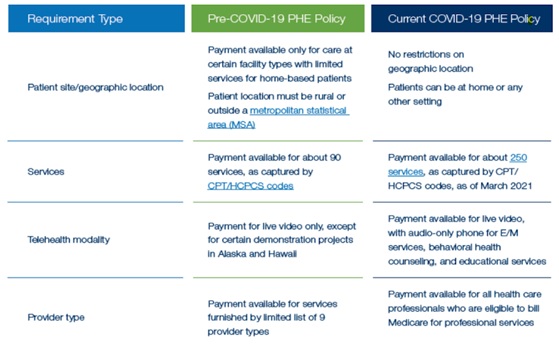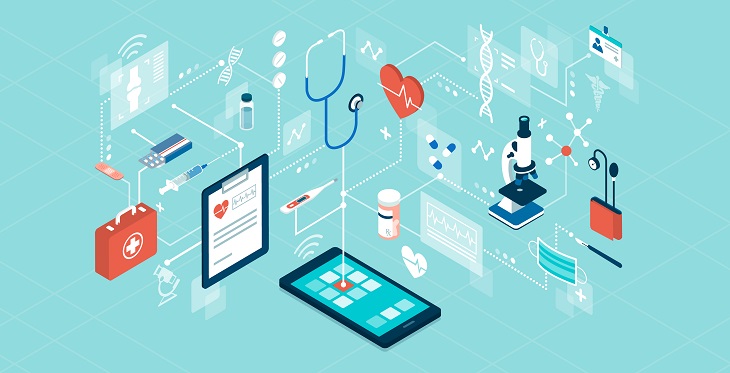As a telehealth expert, it is essential to note that telehealth has four significant perspectives: healthcare, policy, technology, and business. Of course, all perspectives must intersect to build a successful telehealth program. Still, healthcare can be seen as the overarching connection because, it has ties to all the perspectives.
For background information on the healthcare perspective, this entails a combination of the provider and patient viewpoints. From the provider perspective, telehealth is essential because it can make things such as long-distance clinical health services, education programs, and digital administrative meetings possible. For the patient, telehealth is vital because, through technology, access to care can be made available anytime, anywhere. Therefore, meaning that telehealth increases overall access to healthcare regardless of patient location.
One important connection is the link between the healthcare perspective and the policy perspective. Once the COVID-19 Public Health Emergency (PHE) was declared, hospitals and healthcare clinics in the United States were granted new crucial flexibilities that resulted in an explosion of telehealth service delivery. Prior to this, telehealth policy was so restrictive that telehealth was not widely used. The table below breaks down some of the main changes regarding pre-COVID-19 PHE policy and current COVID-19 PHE policy.
Table 1
Key Medicare Changes at A Glance
Note. U.S. Department of Health and Human Services. (2021). This table provides an easy-to-read breakdown of the main Medicare alterations between the pre-COVID-19 PHE Policy and the current COVID-19 PHE Policy.
The policy perspective also connects the healthcare and technology perspectives through legislation like the Health Insurance Portability and Accountability Act (HIPAA) which provides an essential safeguard for patients.
Modern telehealth technology is a significant factor in getting healthcare professionals to reach their patients in real time. Technology can range from something as complex as artificial intelligence (AI), which permits healthcare professionals to produce more data-driven, real-time conclusions, to something as simple as a smartphone. However, while understanding the technology perspective is crucial, it is useless without understanding telehealth’s business viewpoint.
Since the beginning of the COVID-19 PHE, telehealth has seen a dramatic increase in business and foundation investments. Relaxation of reimbursement policies for telehealth services as a result of the COVID-19 PHE also positively affected telehealth business practices. Providers could finally be paid for services that, in the past, were prohibited (see Table 1). That said, healthcare professionals should continue to develop new business models to improve healthcare and promote additional funding for telehealth.
In conclusion, the connection between all four telehealth perspectives is essential. No one perspective can be ignored, and this should be well understood by anyone claiming to know what telehealth is and how it works.

